#Mildred Mayne
Photo

Meet the gang
#art#drawing#painting#gouache#illustration#The Party's Over#fan art#beatniks#1960s#Oliver Reed#Ann Lynn#Louise Sorel#Catherine Woodville#Mike Pratt#Maurice Browning#Jonathan Burn#Annette Robertson#Mildred Mayne#Alison Seebohm#Guy Hamilton#British movies
7 notes
·
View notes
Photo

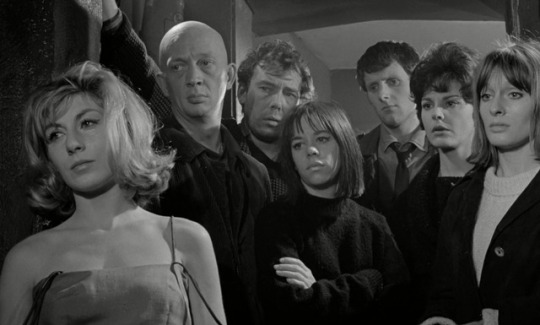
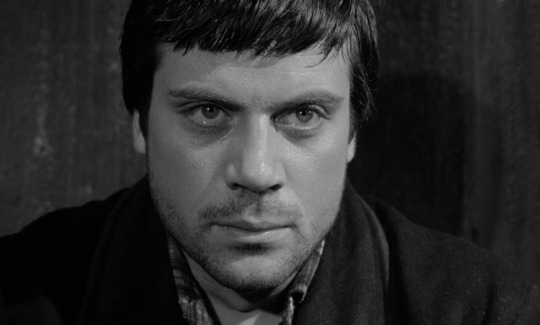
The Party’s Over | Guy Hamilton | 1965
Oliver Reed. Ann Lynn, Maurice Browning, Mike Pratt, Annette Robertson, Mildred Mayne, Alison Seebohm, Clifford David
#Oliver Reed#Ann Lynn#Maurice Browning#Mike Pratt#Annette Robertson#Mildred Mayne#Alison Seebohm#Clifford David#Guy Hamilton#The Party’s Over#1965
39 notes
·
View notes
Photo

6.13.17
#watched#letterboxd#film#harold lloyd#dr jack#fred c. newmeyer#sam taylor#mildred davis#eric mayne#john t. prince
3 notes
·
View notes
Photo


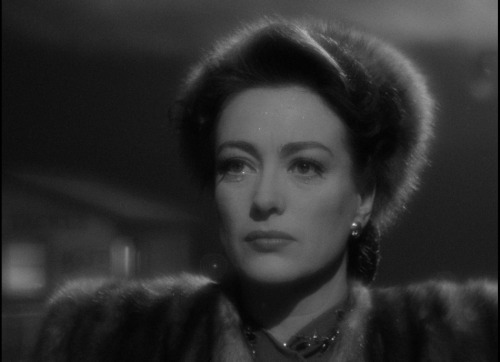
Volver (Pedro Almodòvar, 2006)
.
Questions to guide your reading, thinking, and viewing of this week's film:
.
1. Alison Butler begins the “Introduction: From Count-Cinema to Minor Cinema” chapter in her book Women’s Cinema: The Contested Screen (2002) by noting that women's cinema vaguely includes "films that might be made by, addressed to, or concerned with women, or all three," and points out that women's cinema as a concept is "brought into existence by audiences, film-makers, journalists, curators and academics and maintained only by their continuing interest: a hybrid concept, arising from a number of overlapping practices and discourses, and subject to a baffling variety of definitions" (2002, 1-2). Where do we stand, in this class or in your own thinking, about what constitutes or is included in "women's cinema," and what has it offered to us thus far in our course material? What have our class topics and weekly conversations left out, too, that ought to be considered?
.
2. Butler outlines the following categories for women's cinema and feminist criticism:
.
-- Feminist film theory and women's cinema
-- Mulvey: counter-cinema as negative aesthetics
-- Johnston: counter-cinema as discursive struggle
-- De Lauretis: rethinking women's cinema
-- Intertextuality: Fischer, Mayne, Mellencamp and Modleski
-- Women's cinema as minor cinema
.
Discuss which of these frameworks has been most relevant in your understanding of our course topics thus far, and how come? Would this week's topic on contemporary maternal melodramas and the overarching issue of mothers as daughters fit into one or more of these categories, in your opinion, and in what ways?
.
3. In your analysis of this week's reading, topic, and/or film, you may find it is helpful to keep previous readings from week 3 in mind (Jeanine Basinger's "The Genre," Sue Thornham's "Female Spectators, Melodrama and 'the Woman's Film’"). You're also welcome to compare/contrast Volver (Pedro Almodòvar, 2006) with previous maternal melodramas in our syllabus such as Stella Dallas (King Vidor, 1937) and Mildred Pierce (Michael Curtiz, 1945).
.
Works Cited
.
Basinger, Jeanine. “The Genre.” A Woman’s View: How Hollywood Spoke to Women, 1930-1960. Middletown, Connecticut: Wesleyan University Press, 1995. 3-23.
.
Butler, Alison. “Introduction: From Counter-Cinema to Minor Cinema.” Womenʼs Cinema: The Contested Screen. London: Wallflower, 2002. 1-23.
.
Thornham, Sue. “Female Spectators, Melodrama and the ʻWomanʼs Film.ʼ” Passionate Detachments: An Introduction to Feminist Film Theory. London: Arnold, 1997. 45-66.
0 notes
Video
Dr. Jack 1922 The conniving Dr. Ludwig von Saulsbourg (Eric Mayne) can't seem to help a young woman (Mildred Davis) who is continually ill, so her wealthy father (John T.
0 notes
Photo
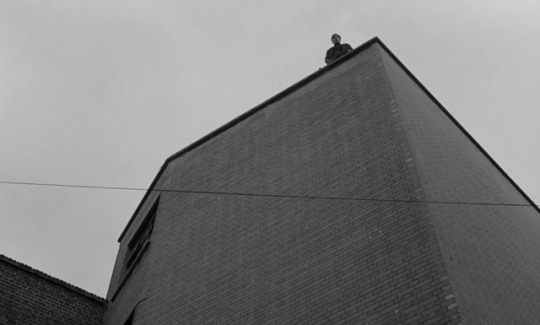




The Party’s Over | Guy Hamilton | 1965
Jonathan Burn, Annette Robertson, Alison Seebohm, Mildred Mayne, et al.
35 notes
·
View notes
Photo
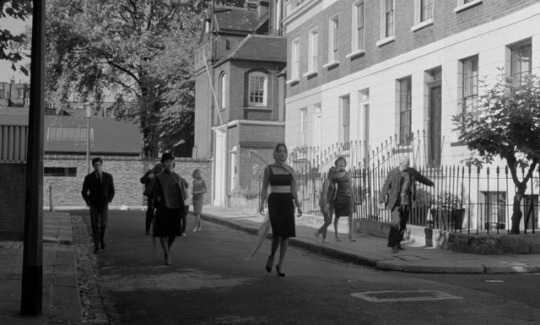



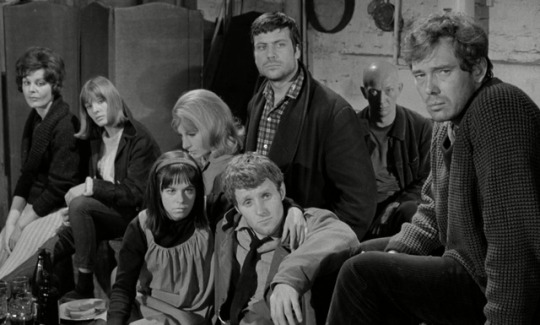





The Party’s Over | Guy Hamilton | 1965
#Guy Hamilton#The Party’s Over#1965#Oliver Reed#Louise Sorel#Mildred Mayne#Alison Seebohm#Jonathan Burn#Annette Robertson#Mike Pratt#Ann Lynn#Maurice Browning#Eddie Albert
38 notes
·
View notes
Photo

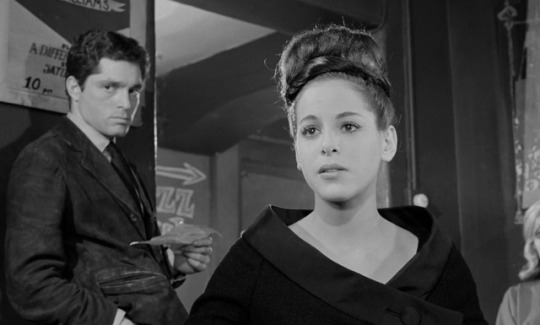


The Party’s Over | Guy Hamilton | 1965
Beatniks: Alison Seebohm, Mildred Mayne, Mike Pratt, Clive Scott, Annette Robertson, Louise Sorel, Katherine Woodville, Jonathan Burn, Oliver Reed
#Alison Seebohm#Mildred Mayne#Mike Pratt#Clive Scott#Annette Robertson#Louise Sorel#Katherine Woodville#Jonathan Burn#Oliver Reed#Guy Hamilton#The Party’s Over#1965#Beatniks
20 notes
·
View notes